Erté (Romain De Tirtoff)
1892-1990 | Russian-French
Les Cavaliers Noirs
Signed “Erté” (Lower Right)
Inscribed “No. 18.389” (En Verso)
Gouache Paper
Erté’S Exquisite Costume Design For The Theatrical Adaptation Of Alexandre Dumas’ 1845 Classic, La Reine Margot, Serves As A Visual Narrative That Transcends Time. Titled Les Cavaliers Noirs, The Ensemble Brings To Life A 16Th-Century French Cavalier, An Elegant Figure Shaped By An Epoch Rife With Religious Strife And Political Upheaval. The Costume Is A Symphony Of Gold And Black, Featuring A Gold-Over-Black Geometric Vest, Adorned With A Golden Heart Pendant That Effortlessly Flows Into An Elizabethan Ruff Collar. All The Sartorial Elements Are Elegantly Draped Under A Sophisticated Black Cape Adorned With Geometric Motifs. The Costume Is More Than Just A Feast For The Eyes; It Reflects The Complex Journeys Of The Play’S Central Figures, Marguerite De Valois And Henri De Navarre, As They Navigate A Landscape Of Luxury And Danger. Margot’S Evolution From A Mere Political Asset To A Woman Of Agency, And Henri’S Fraught Path To Kingship, Are Narratives That Would Have Easily Resonated With Erté’S 20Th-Century Audience.
The Captivating Alliance Between The Erté And The Flourishing Performing Arts Scene Of Paris Transported Audiences To New Realms Throughout The Early 20Th Century. Erté Quickly Forged Relationships With Luminaries Of The Performing Arts World — Including Zizi Jeanmaire, Roland Petit And Misinguett — And Leant His Distinctive Art Deco Vision To Operatic And Theater Productions. These Collaborations Rose Above Mere Aesthetic Embellishments, Penetrating To The Core Of Performances And Adding Greater Depth To The Narratives On Display. The Artist Possessed A Great Range Of Vision And Was Equally Adept At Capturing Rococo Decadence In The Sets Of Cosi Fan Tutte As He Was In Creating Supernatural, Moody Interiors For Les Mamelles De Tirésias. His Art Deco Stylings Brought Both A Fantasy And Modernity To The Stage That Has Rarely Been Matched Since. Parrying The Spectacle Of These Fantastical Productions, Fashion Grew More Opulent, With Luxury Canes, Pocketwatches And Compacts Becoming Essentials For A Modern Parisian.
Russian-French Visionary Romain De Tirtoff (1892-1990), Popularly Known As Erté, Began His Artistic Journey In The Culturally Rich City Of St. Petersburg, Where He Developed An Early Fondness For Ballet And Theatrical Performances. He Moved To Paris In 1912 To Study Architecture, And Quickly Found His Creative Niche In Crafting Fantastical Costumes For The City’S Bustling Nightlife. Erté‘S Expertise, Refined Under The Guidance Of The Famed Paul Poiret, Captured The Attention Of Harper’S Bazaar, Marking The Beginning Of A Significant Partnership That Spanned From 1915 To 1936. The Artist Also Designed Sets For Notable Cinematic Masterpieces Including Ben Hur And La Bohème, And Created Sets And Costumes For Cabarets, Operas And Other Performances At The Folies-Bergères, Bal Tabarin, The Théâtre Du Bataclan And Le Casino De Paris. Erté Was A Trailblazer Whose Colorful Creations Shaped The Groundbreaking Art Deco Era More Than Any Other, Leaving An Indelible Mark On The History Of Art And Design. His Artworks Reside In Prestigious Museum Collections Worldwide, Including The Metropolitan Museum Of Art In New York, The Victoria &Amp; Albert Museum In London And The Los Angeles County Museum Of Art.
Painted 1974
Paper: 14 1/4″ High X 10 1/2” Wide
Frame: 20 3/4″ High X 16 7/8″ Wide X 3/4″ Deep
Provenance:
Private Collection, Roland Petit Et Zizi Jeanmaire, Paris
Private Collection, Paris
M.S. Rau, New Orleans
Exhibitions:
Musée Rath, Genève, Zizi Jeanmaire – Roland Petit. Un Patrimoine Pour La Danse, April -August 2007
M.S. Rau, New Orleans, Erté And The Era Of Art Deco, October 14, 2023 – January 3, 2024
Sale!
Fine Art M.S. Rau | Les Cavaliers Noirs By Erte
$85.00

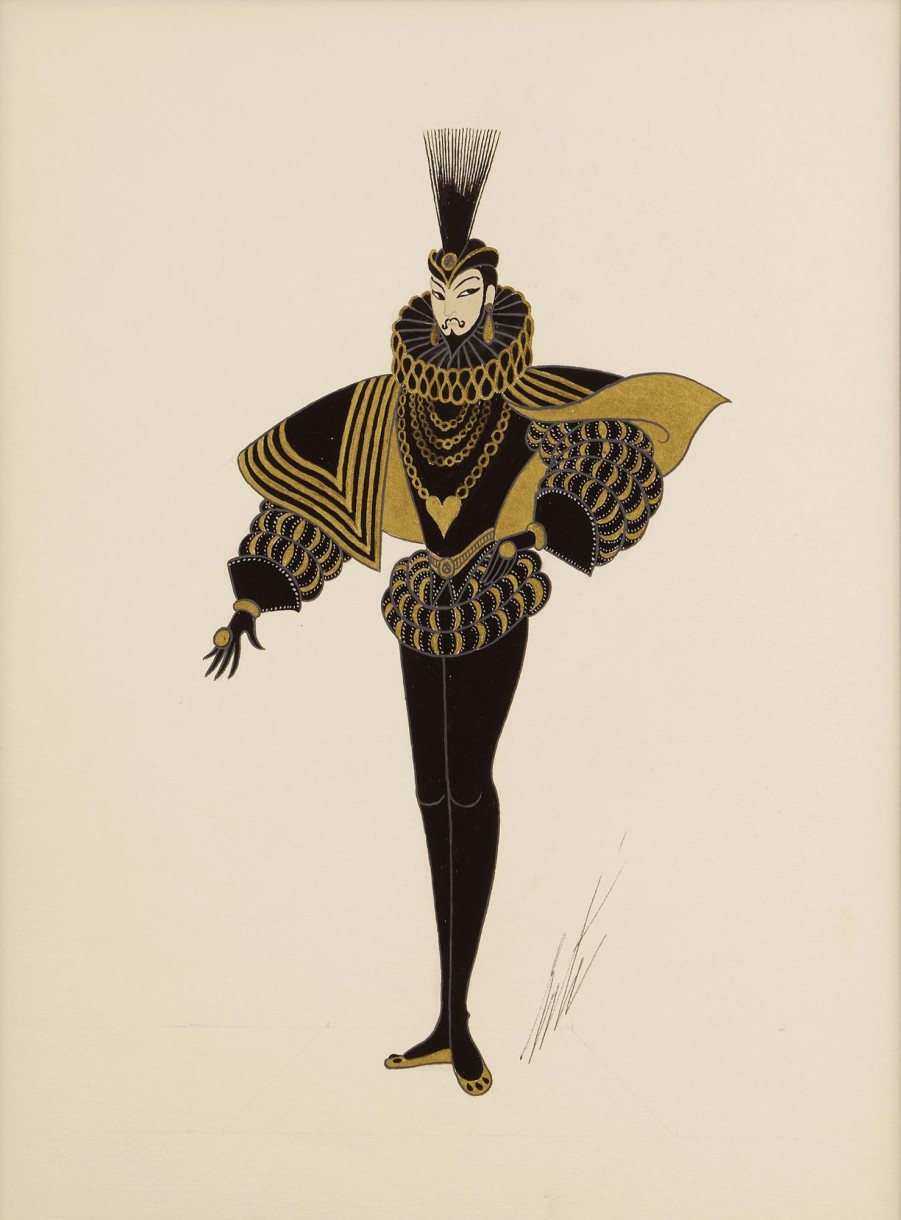

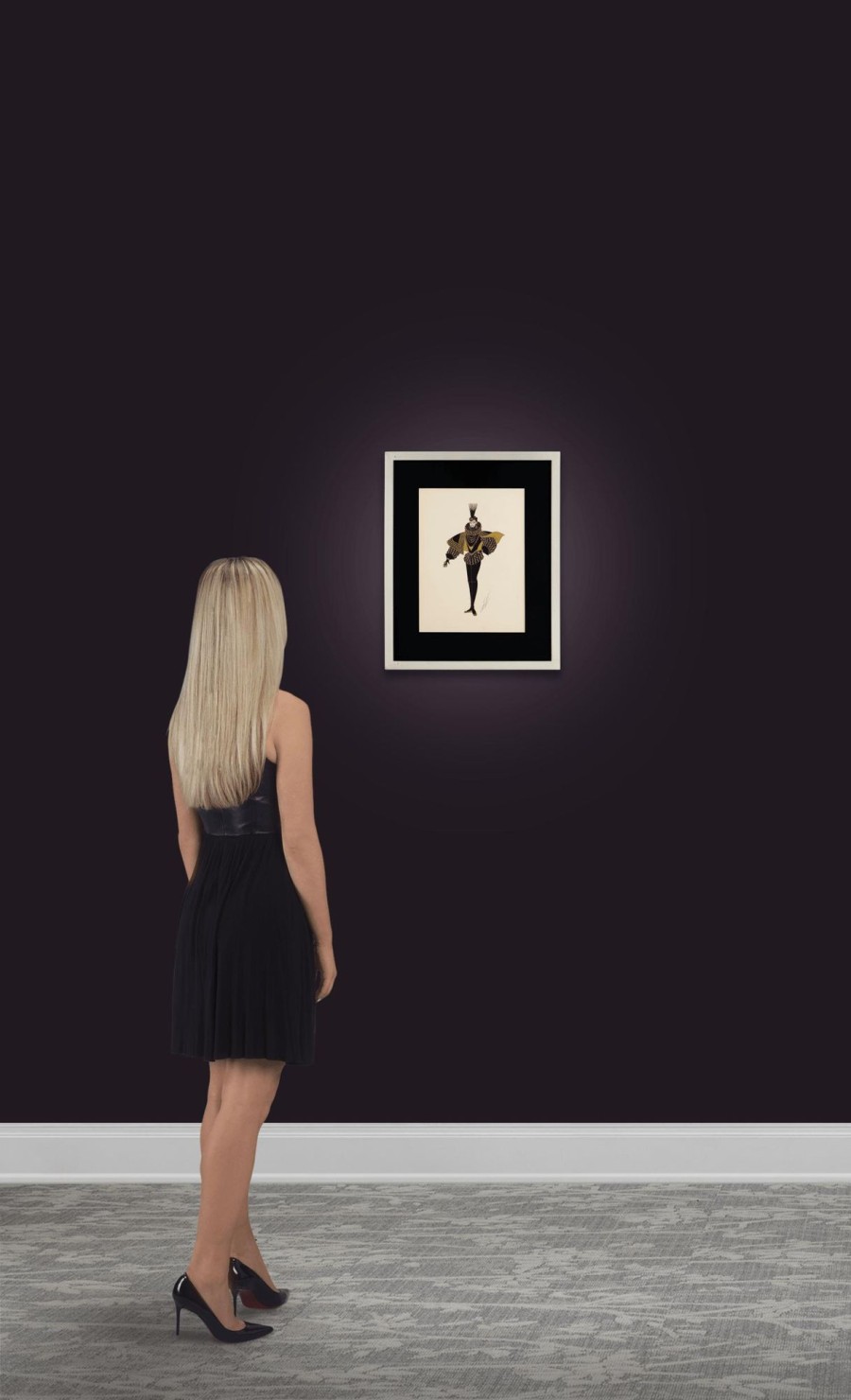



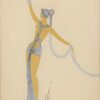
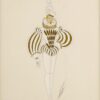

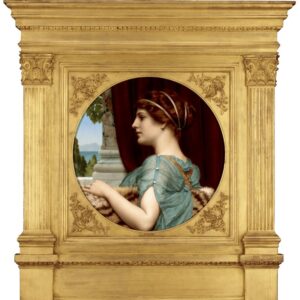
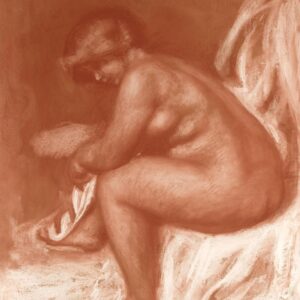
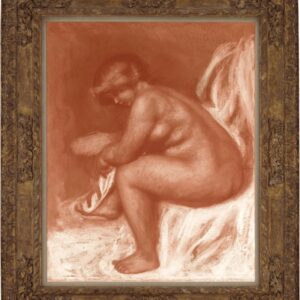

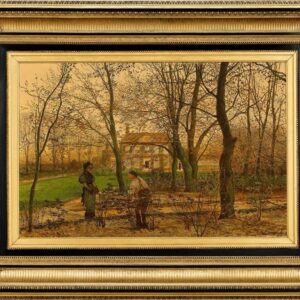
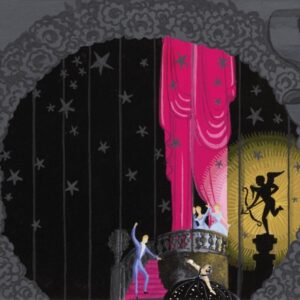
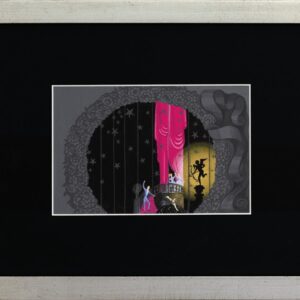

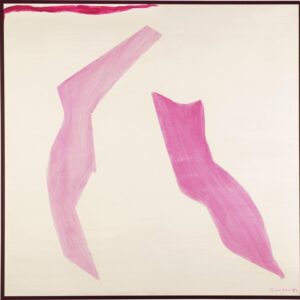
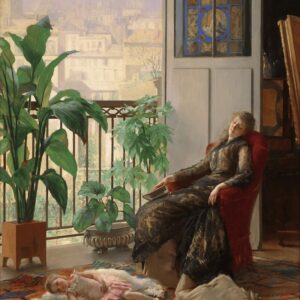
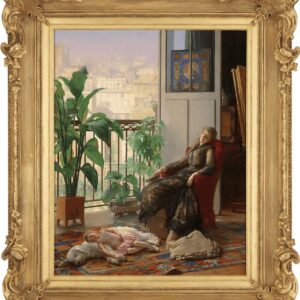
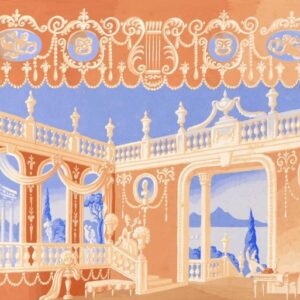
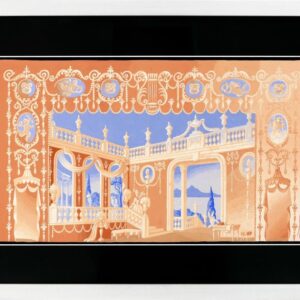
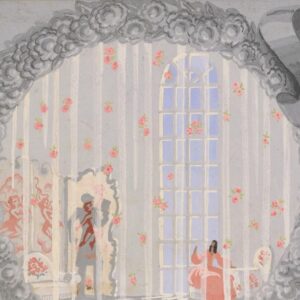

Reviews
There are no reviews yet.